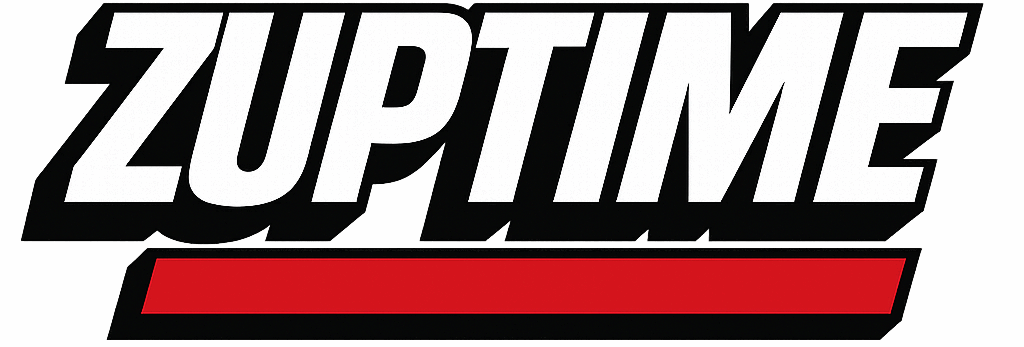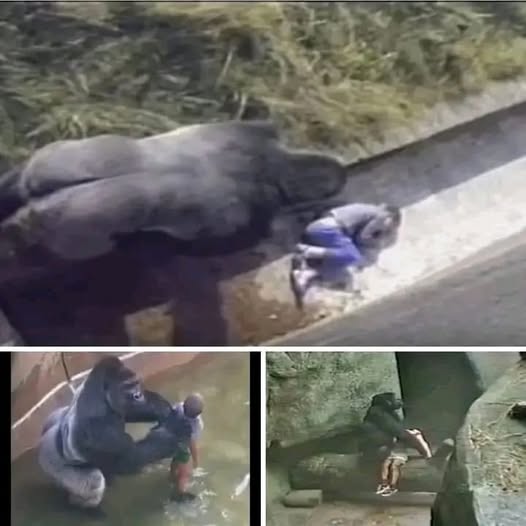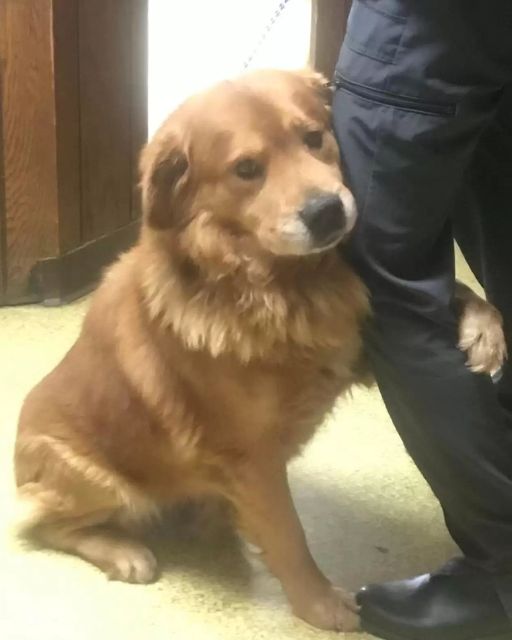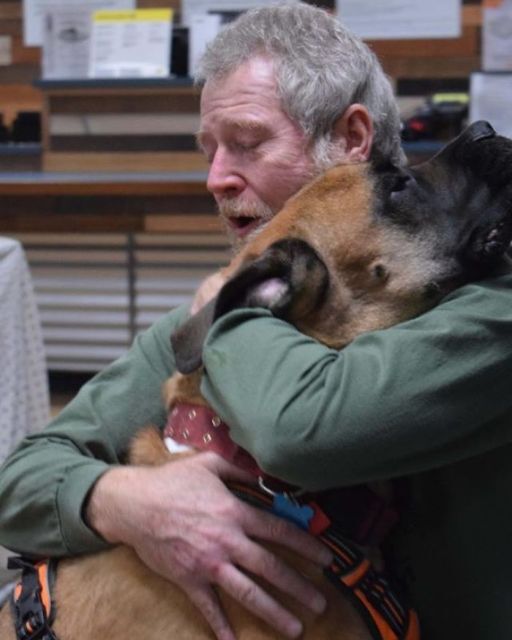One of the most unforgettable and widely discussed events in recent zoo history took place at the Cincinnati Zoo, when a young child accidentally fell into a gorilla enclosure. What followed was a moment of global attention, public debate, and deep reflection.
The incident involved a three-year-old boy who managed to enter the gorilla habitat, where he came face-to-face with Harambe, a 17-year-old silverback gorilla weighing over 400 pounds. The scene, captured on video by several onlookers, quickly spread across news outlets and social media, igniting a conversation that continues years later.
For several intense minutes, Harambe interacted with the child—sometimes gently, other times unpredictably. While some viewers believed the gorilla was trying to protect the boy, others saw the situation as dangerously unstable. Zoo visitors looked on in fear, and staff quickly arrived on the scene.
After a rapid assessment, zoo officials made a decision that would be both supported and questioned for years to come: they chose to shoot and kill Harambe to ensure the child’s safety. While heartbreaking, the zoo explained that the child’s life had to be the top priority.
“This was a devastating decision,” said the zoo’s director at the time. “While we did not believe Harambe intended harm, we couldn’t take the risk—not even for a moment.”
The public response was deeply divided. Many people supported the zoo’s fast action to save the boy, recognizing the difficult nature of the decision. Others mourned the loss of Harambe, a member of an endangered species, and called for a closer examination of how zoos handle such emergencies.
The boy’s family also came under scrutiny, with online debates emerging about parental responsibility and safety in public spaces. Experts and parents alike weighed in, many emphasizing that accidents can happen even when caregivers are attentive.
Wildlife specialists later explained that while Harambe’s behavior did not appear overtly aggressive, his immense strength could have unintentionally harmed the child. “It wasn’t an act of violence—it was instinct,” one expert noted. “But when a child’s life is at risk, there’s no room for uncertainty.”
Beyond the incident itself, the story raised important ethical questions:
• How do we balance human safety with animal conservation?
• What role should zoos play in modern society?
• And how can safety measures be improved to prevent future tragedies?
Although some internet responses turned the event into memes and jokes, many others used it as an opportunity to reflect on parenting, wildlife protection, and the challenges of making life-or-death decisions under pressure.
Today, the memory of Harambe continues to spark discussion. The event serves as a powerful reminder of how fragile the line between human and animal worlds can be—and how essential it is to continue evolving both our empathy and our safety protocols.




